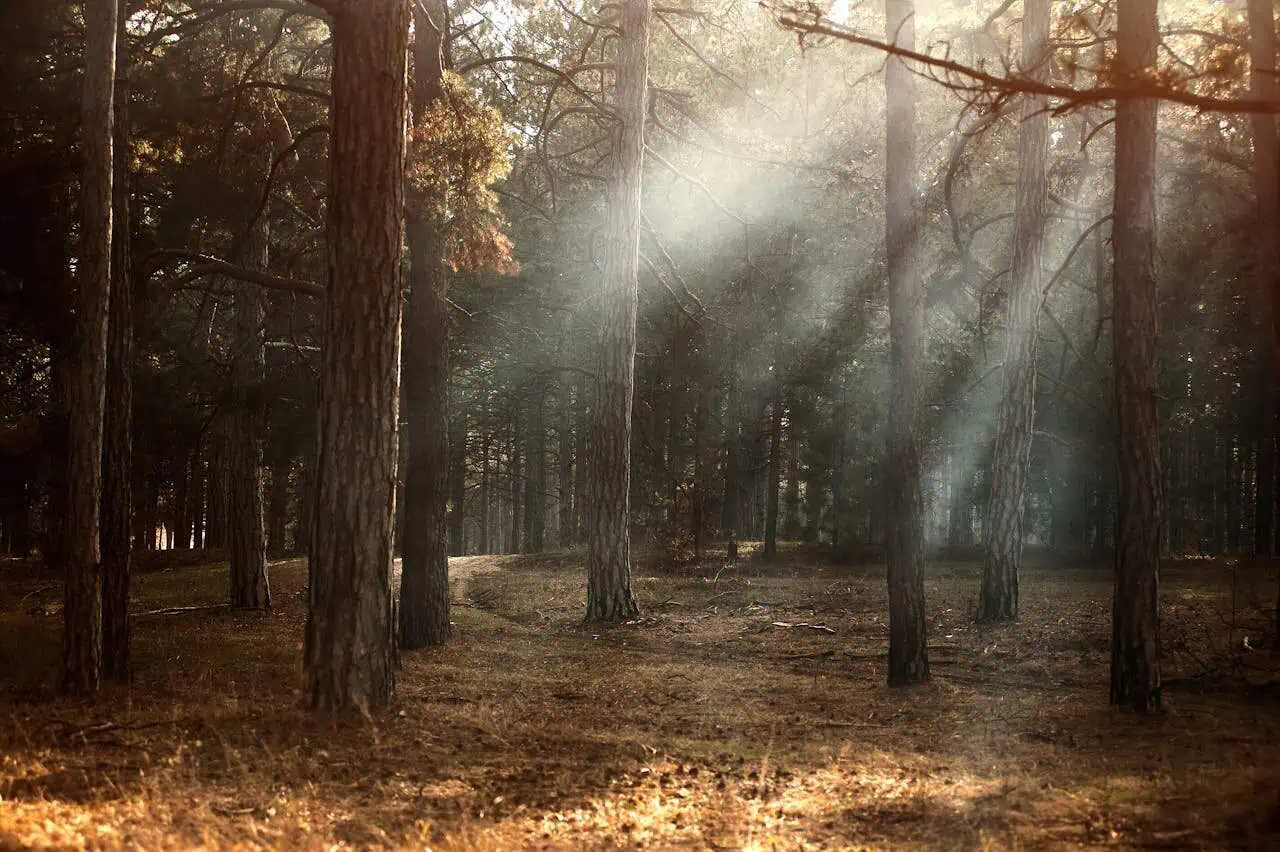Planning a natural burial is a deeply personal and meaningful decision that can bring peace to those who want to return to the earth in a more eco-friendly and conscious way. Unlike traditional burials, natural burials focus on sustainability and simplicity, using biodegradable materials and allowing the body to decompose naturally. One of the most significant aspects of a natural burial is the planning process. If you’re considering this option for yourself or a loved one, understanding the essential steps involved in creating a natural burial plan will ensure the process is smooth, respectful, and in line with your wishes. Here’s a comprehensive guide on how to create your natural burial plan.
Research Natural Burial Grounds
The first step in planning a natural burial is finding the right burial ground. Natural burial sites are often located in rural or forested areas, designed to preserve the environment and allow for organic decomposition.
- Look for Certified Natural Burial Grounds: Not all cemeteries offer natural burials, so it’s important to find one that’s certified by recognised environmental or burial organisations.
- Location and Access: Consider the location’s accessibility for family and friends, as well as the environment. Some burial grounds may allow for the planting of trees or flowers, while others focus solely on maintaining a natural landscape. Check out Inspired Meadows.
- Cost and Regulations: Prices for natural burials can vary, and it’s essential to understand any rules and regulations that apply to the site, such as restrictions on the types of markers allowed or the size of the burial plot.
Choose a Biodegradable Casket or Shroud
One of the defining features of a natural burial is the use of biodegradable materials. Traditional caskets, which are often made of metal or hardwood, do not decompose naturally, so opting for a biodegradable casket or shroud is crucial.
- Biodegradable Caskets: These are typically made from materials such as wicker, bamboo, or cardboard, and they break down naturally over time.
- Shrouds: A burial shroud is a cloth covering that wraps the body directly. Often made from cotton or wool, shrouds offer a simple, eco-friendly alternative to a casket.
- Personalisation: Some burial grounds allow for personal touches on the casket or shroud, such as engravings or embroidered messages. These can help honour the deceased while maintaining an environmentally conscious approach.
Plan for the Memorialisation of the Burial Site
While traditional headstones are not typically allowed at natural burial sites, there are other ways to memorialise the site and create a lasting tribute.
- Planting Trees and Flowers: Many people choose to plant a tree or flowers at the burial site as a symbol of life and renewal. Choose a plant that has personal significance or one that will thrive in the local environment.
- Natural Markers: Instead of a traditional headstone, you can use natural markers such as a small stone, a wooden plaque, or even a specific plant to mark the burial site. Some natural burial sites provide wooden or stone markers that are in harmony with the landscape.
- Memorial Benches: In some cases, families can place benches near the burial site as a place for quiet reflection.
Questions You Should Ask About a Natural Burial Site
Are you thinking about choosing a natural burial site as your final place to rest? This is becoming more popular as people want to return to nature and create a special place for loved ones. However, you don’t want to rush into choosing a plot or spend more money than you have. So, here are some questions that you want to ask about a natural burial site before booking your plot.
What is Included?
You need to know what you’re paying for. Therefore, one of the first questions you need to ask the company is what is included when you buy a natural burial plot. They’re going to explain the process and what you can expect, including any extras that you’ll be able to purchase. You can figure out whether you like what the company are offering and if it’s going to give you peace of mind during end-of-life planning.
What is the Cost?
Every natural burial site can be different when it comes to cost. This can include the size of the plot you want, as well as any additional flowers or trees to plant. What’s more, the type of location can influence the price. You need to know whether this location is within your budget and if you’re happy to pay that bill. So, make sure that you ask for a quote so that you know what you’re paying for and the total number.
When Can Family Visit?
Most people want to ensure that their loved ones can visit the natural burial site when they’re gone. It can bring them peace and preserve somewhere for special memories. You should ask questions about when the family can visit to ensure they have the freedom to do this.
Conclusion
Planning a natural burial is an act of love and respect for both the individual and the environment. By taking the time to create a thoughtful and meaningful plan, you can ensure that your wishes are honoured while leaving behind a lasting, eco-friendly legacy. From choosing the right burial site and biodegradable materials to creating a memorial that celebrates life, each step in the process allows for personalisation and reflection. Most importantly, it ensures that the final resting place of your loved one remains a peaceful and harmonious part of the earth for generations to come.

